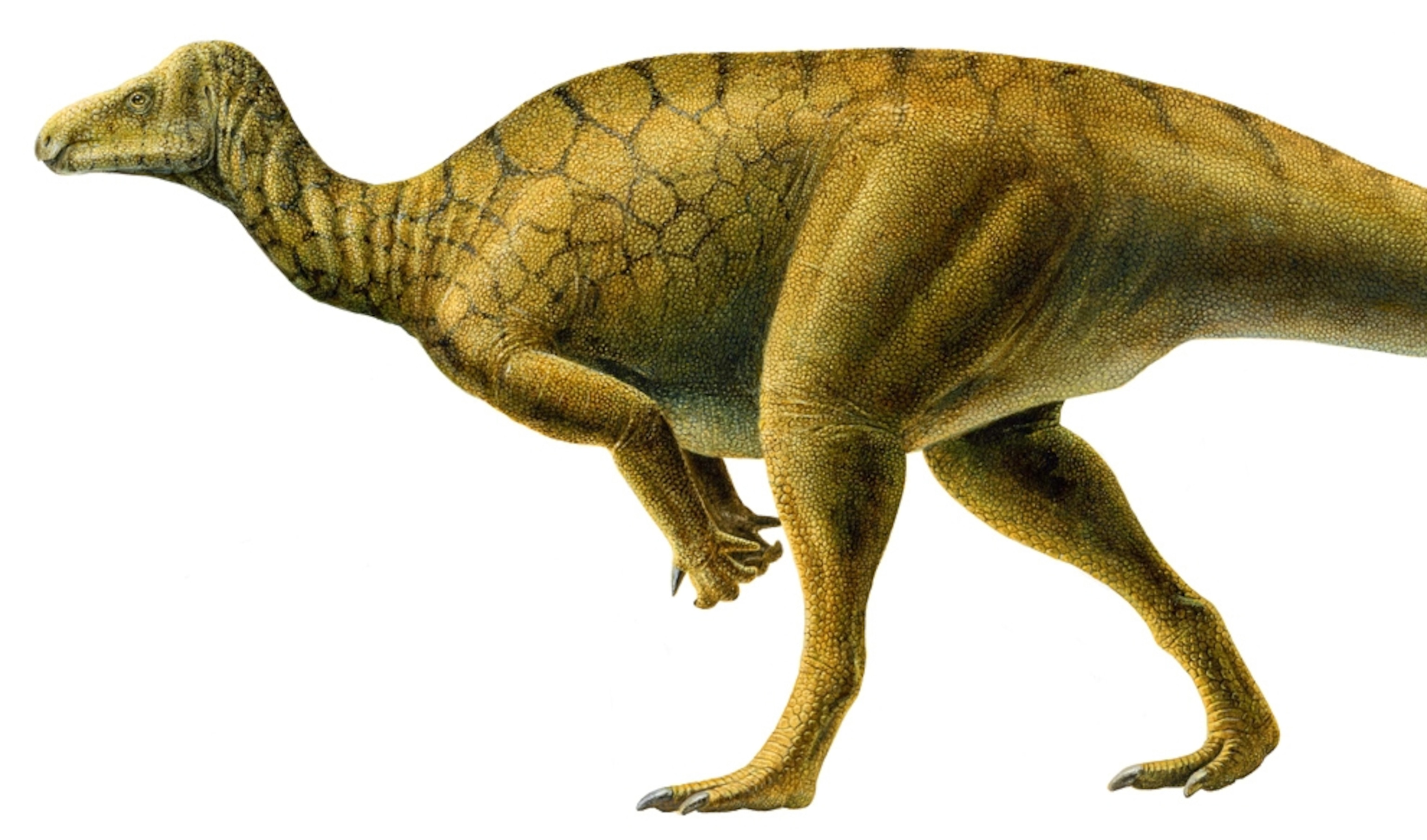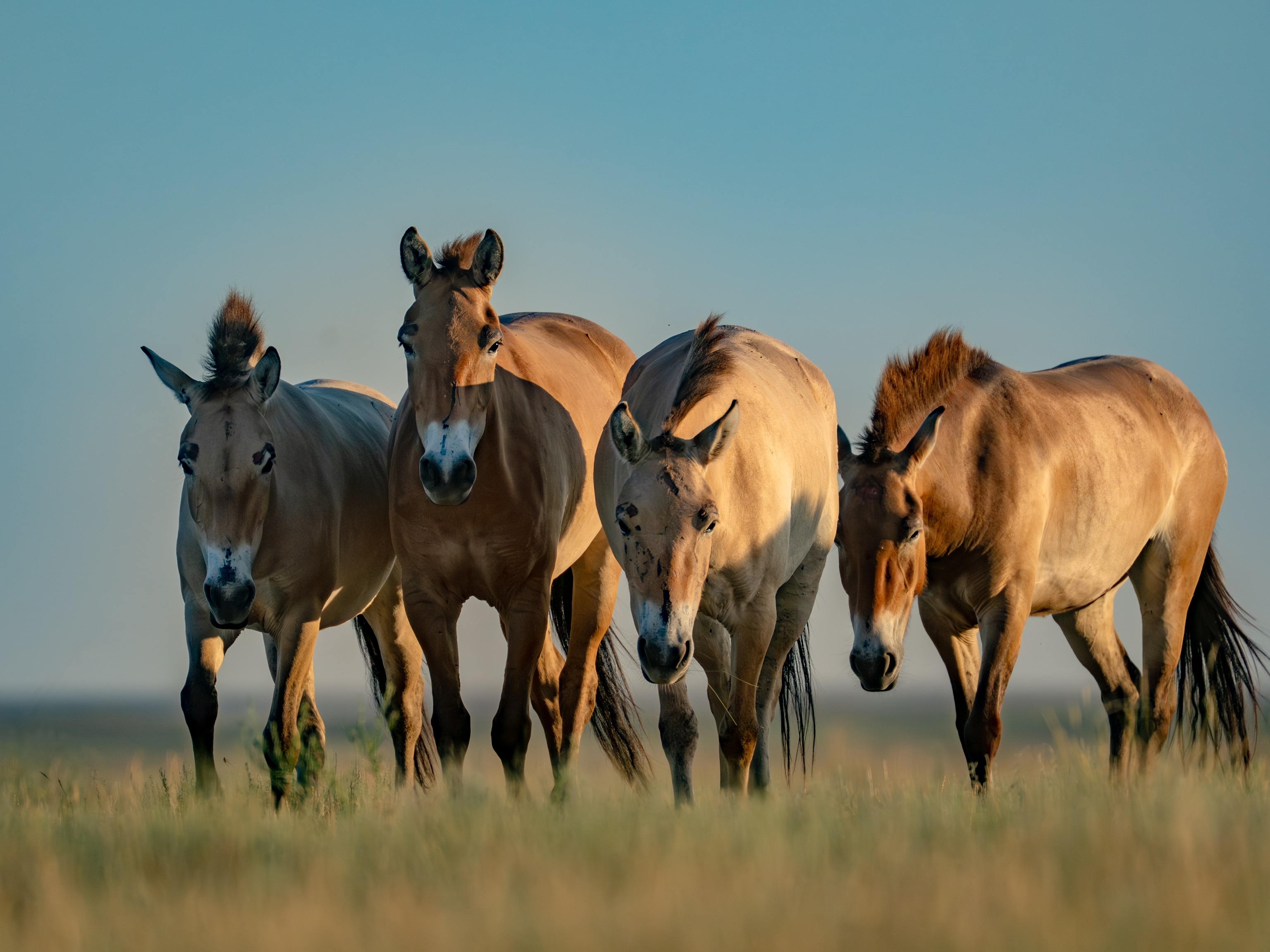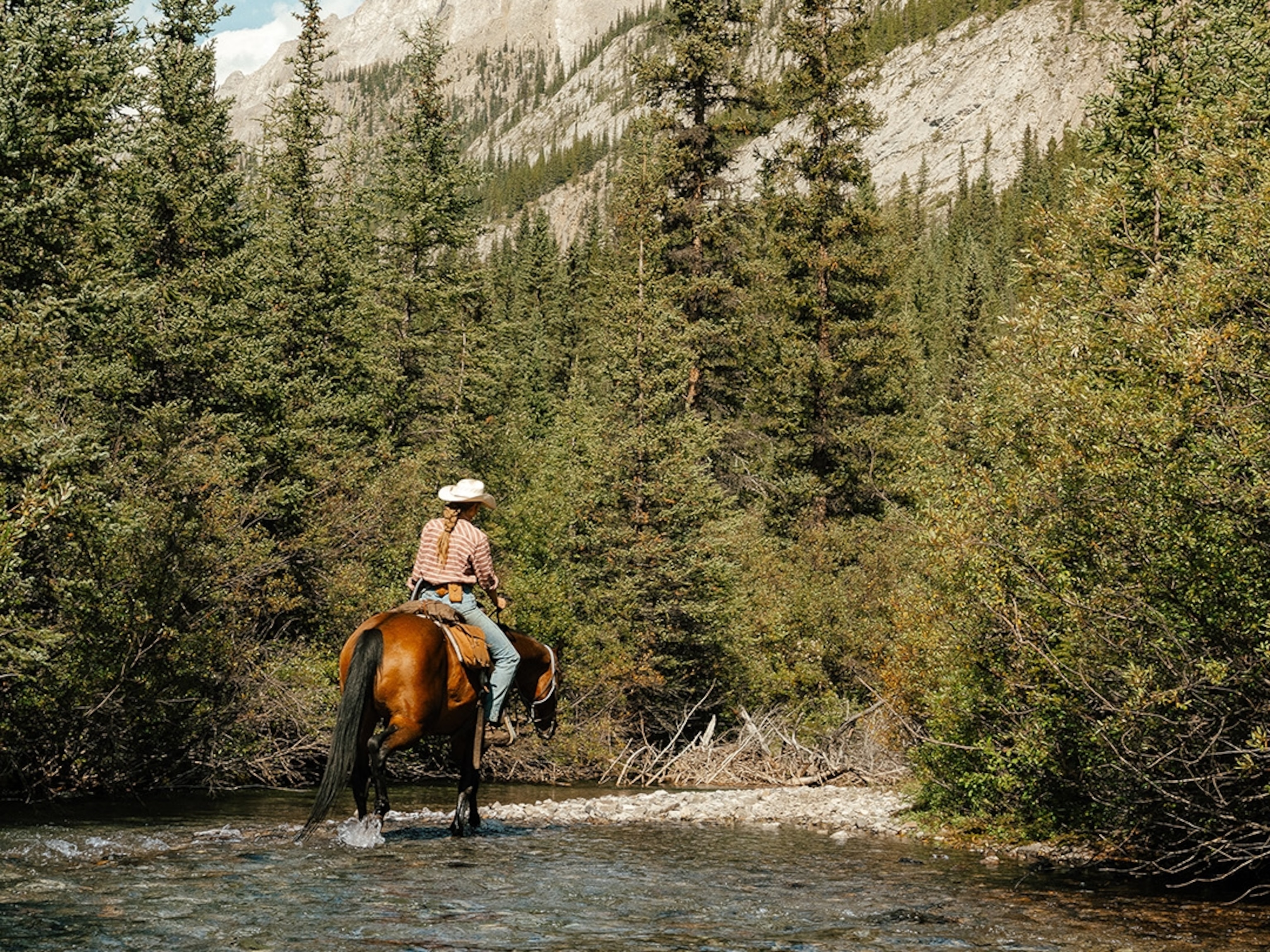
"Horse Dragon," Colossus Dinosaurs Found in Utah
Two new plant-eaters shake up family tree.
A shield-toothed horse-dragon may sound like a mythical creature, but the newly described dinosaur once roamed the U.S. West, a new study says.
The 125-million-year-old herbivore Hippodraco scutodens—whose partial skull and skeleton were unearthed in 2004 in eastern Utah—has a long, low skull like a horse's and a mouth filled with shield-shaped teeth.
Hippo and draco are Latin for "horse" and "dragon," respectively, while scutum means "oblong shield" and dens means "tooth."
Also revealed recently, fossils of another newly described species from the same time period, Iguanacolossus fortis, were found in 2005 not far from Hippodraco. (Take a dinosaur quiz.)
That "ponderous beast" is named for its relatively large size—about 30 feet (9 meters) long, compared with Hippodraco's 15 feet (4.5 meters), according to the study.
Iguanacolossus's teeth resemble those of Iguanodon, a related, 33-foot (10-meter) North American herbivore that likely lived a few million years before Hippodraco.
(Related: "'Amazing' Dinosaur Trove Discovered in Utah.")
Both of the newfound dinosaurs are iguanodonts, an "extremely successful" group of plant-eaters that expanded worldwide during the early Cretaceous period, the study team wrote. (See pictures of other Cretaceous creatures.)
Despite their abundance, North American iguanodonts from this period are rare in the fossil record—except in one Utah rock formation, which spans about 40 million years and contains fossils of many types of creatures, according to study leader Andrew McDonald, a graduate student at the University of Pennsylvania.
"They're part of this really interesting window into the early Cretaceous that's been emerging in western North America during the past two decades," McDonald said.
"They're filling in another chapter of what will eventually be a complete and intricate story."
Iguanodonts: Cows of the Cretaceous
Already the new species are causing some shifts in the iguanodont family tree, McDonald said.
His team discovered that North American iguanodonts are less closely related to duck-billed dinosaurs—the most evolutionarily advanced members of this dinosaur group—than some European and Asian iguanodonts.
(See "Giant Duck-Billed Dino Unearthed in Utah.")
Hippodraco, for example, has more primitive skull bones than its kin in Europe and Asia, suggesting that these continents were "centers of evolution for iguanodonts in the early Cretaceous," he said.
Even so, any visible differences between living iguanodont species would have been subtle, noted Catherine Forster, a paleontologist at George Washington University in Washington, D.C.
That's because, regardless of their locations, the creatures all looked pretty much the same—an unusual trait in the dinosaur world, said Forster, who was not involved in the research.
"I don't know of another dinosaur group where you see such morphological closeness."
Likewise, the research may begin to explore how the adaptable animals were able to spread so far and so fast.
"A friend of mine once likened them to the bovines of the Cretaceous," Forster said. "They're big, they're everywhere, and they're food for the theropods"—two-legged predators such as Tyrannosaurus rex.
"I think they're fascinating."
The horse-dragon and colossus dinosaurs were described November 22 in the journal PLoS ONE.




